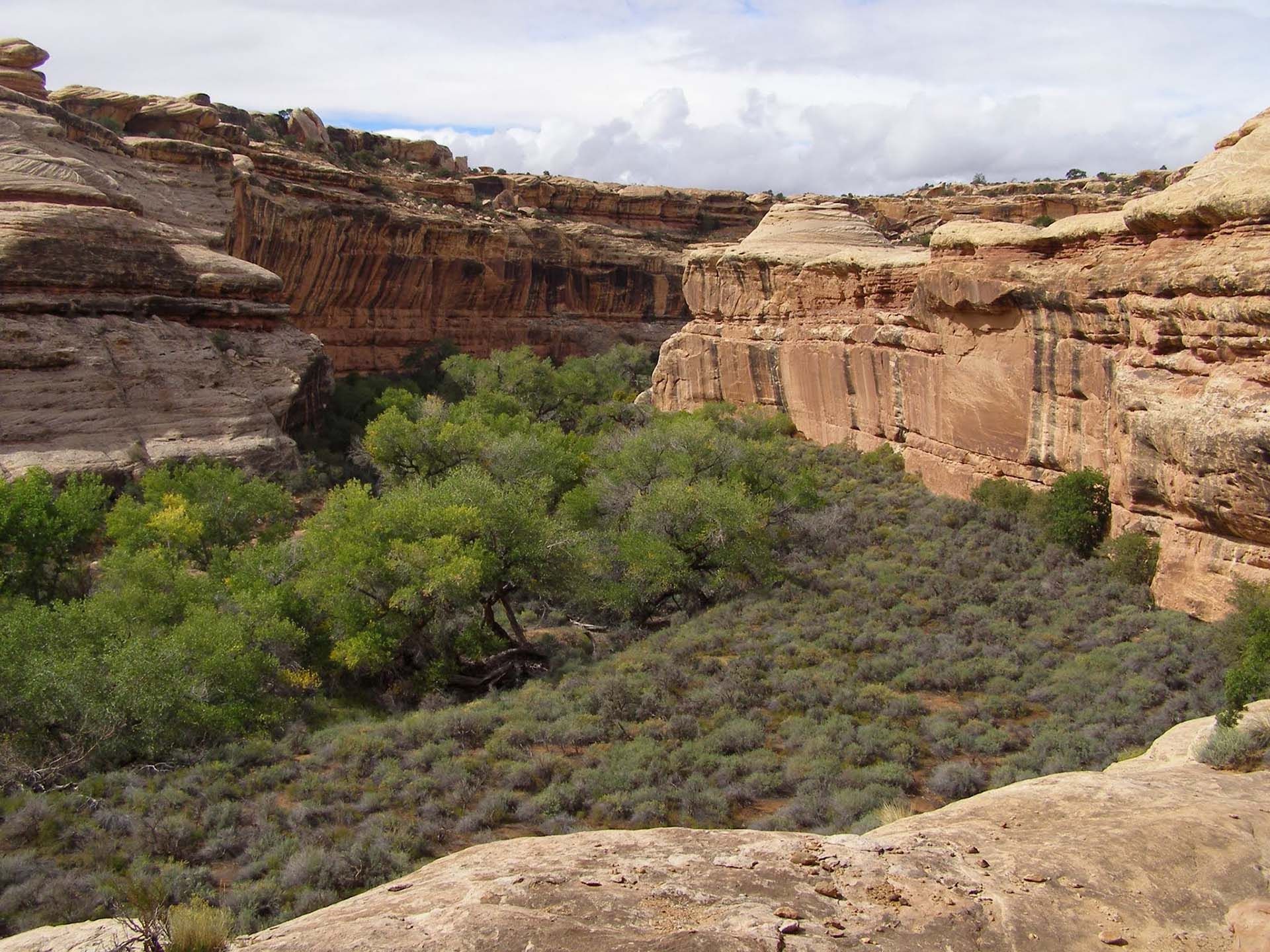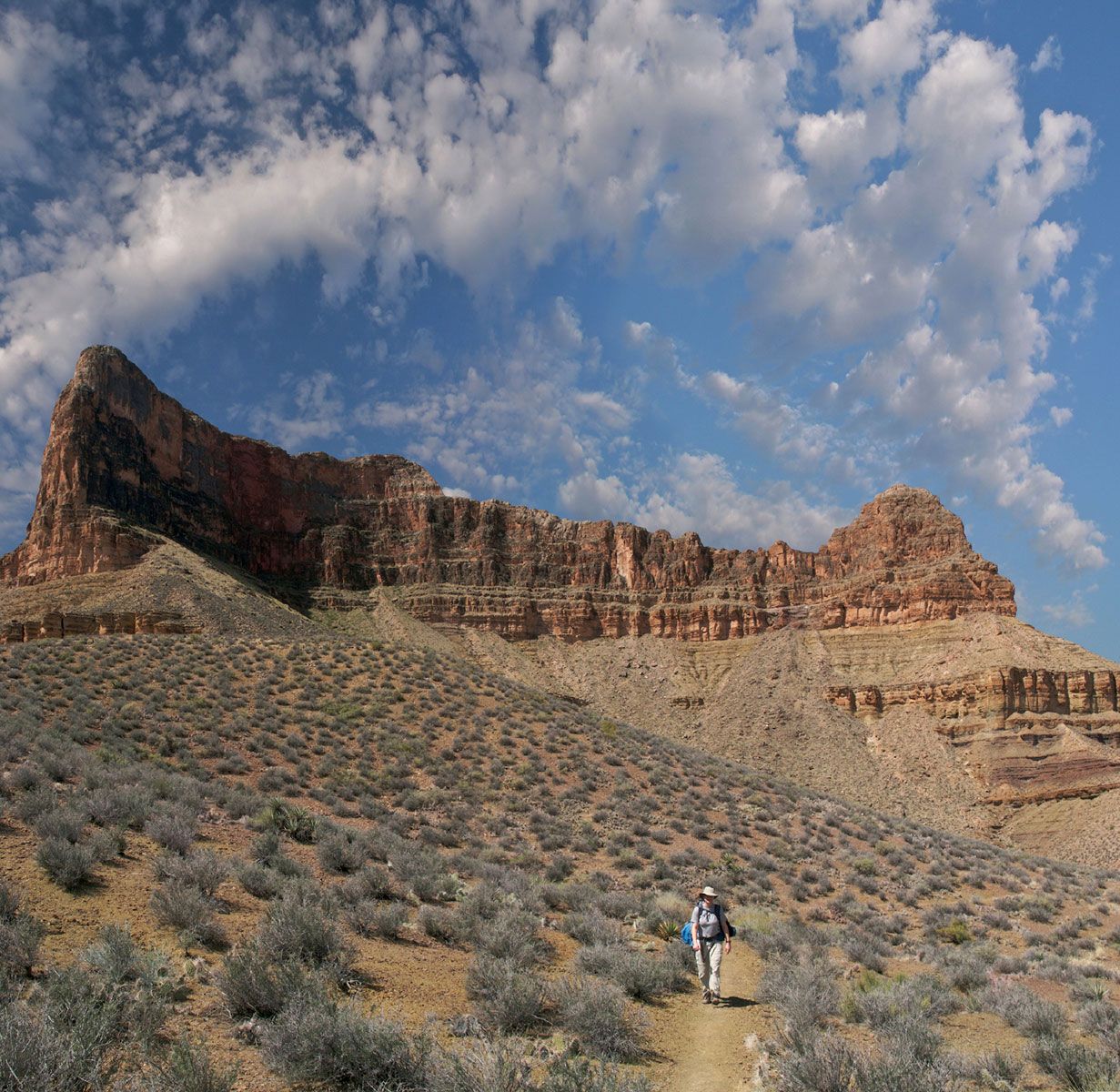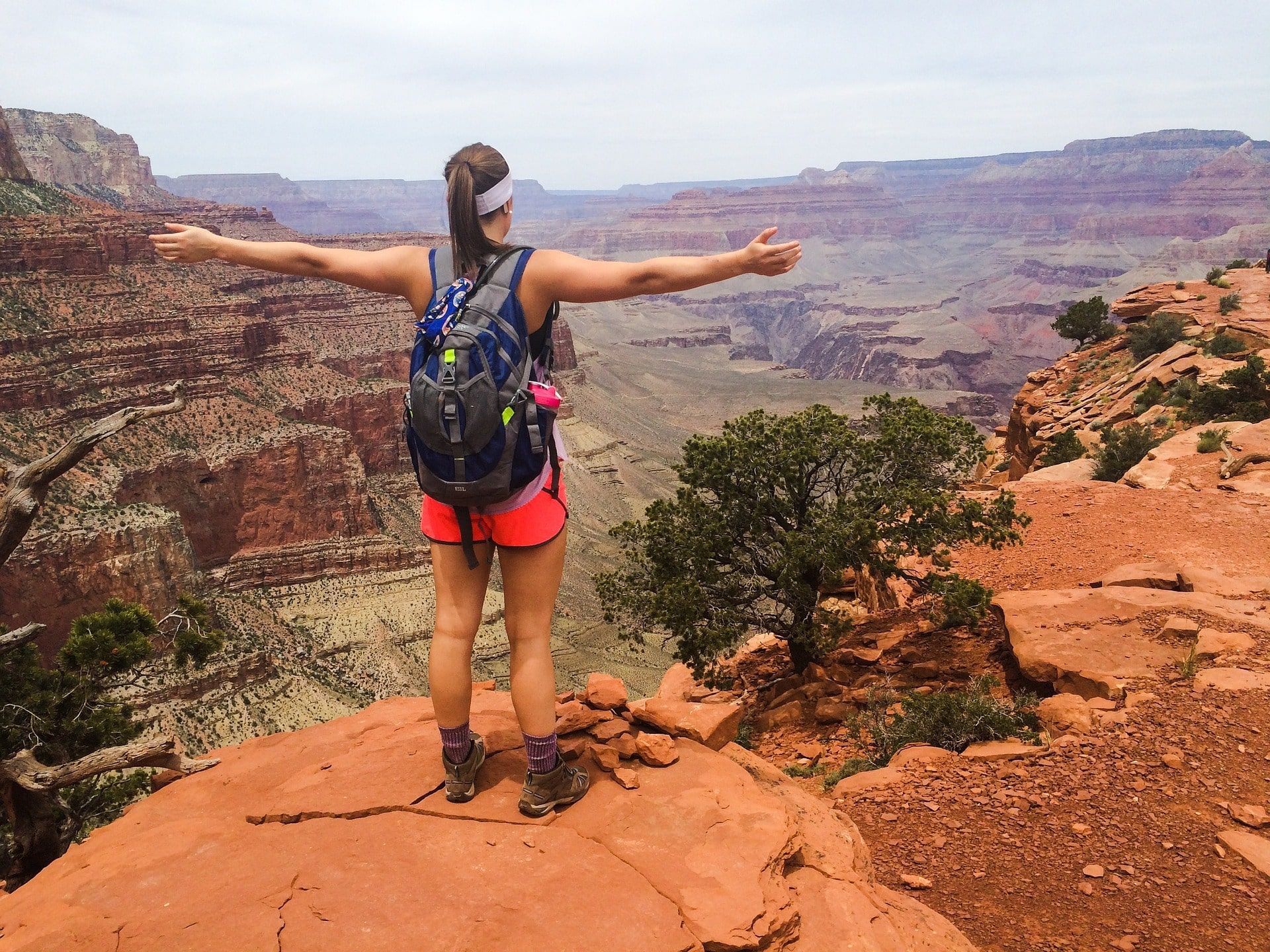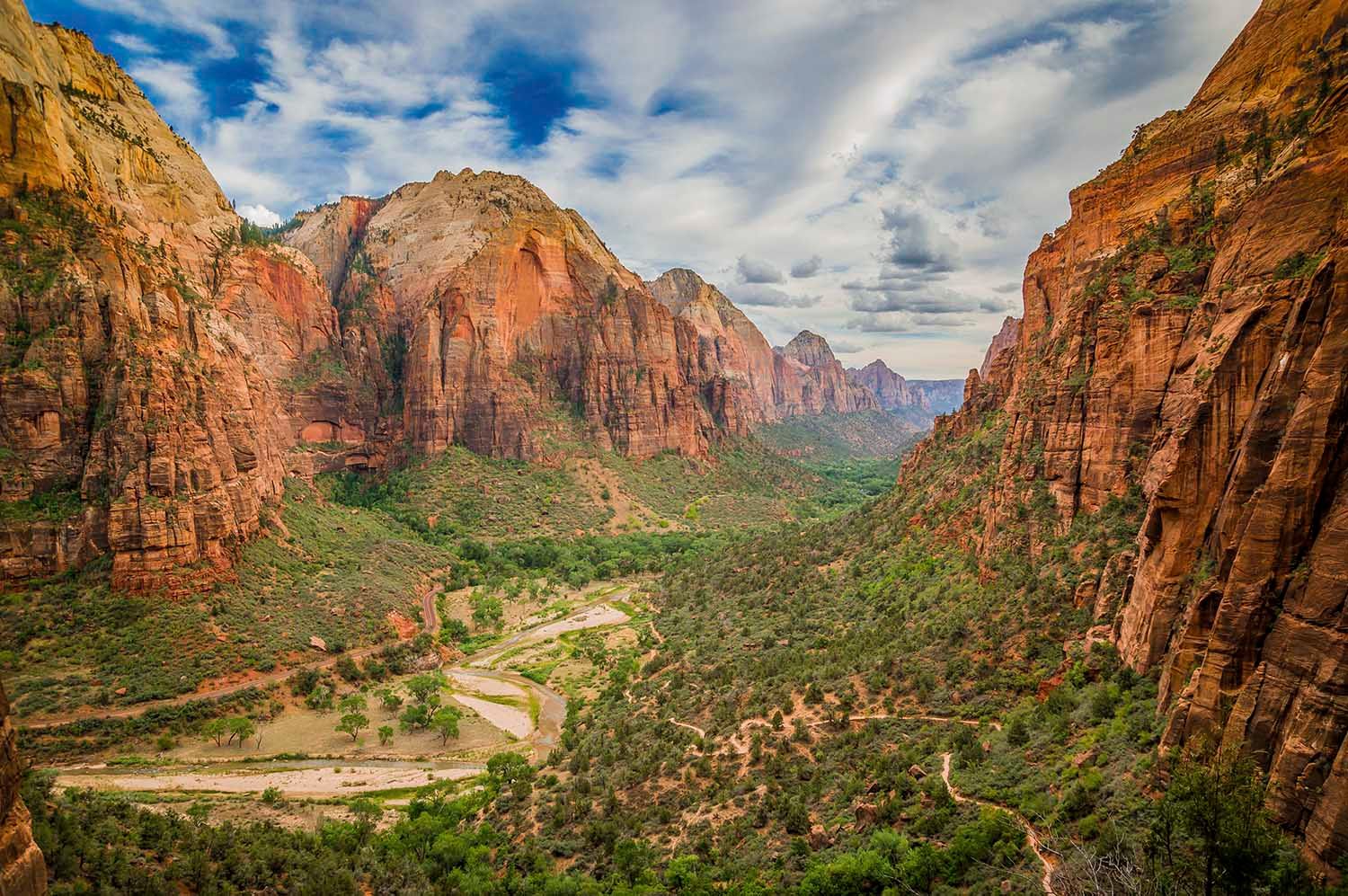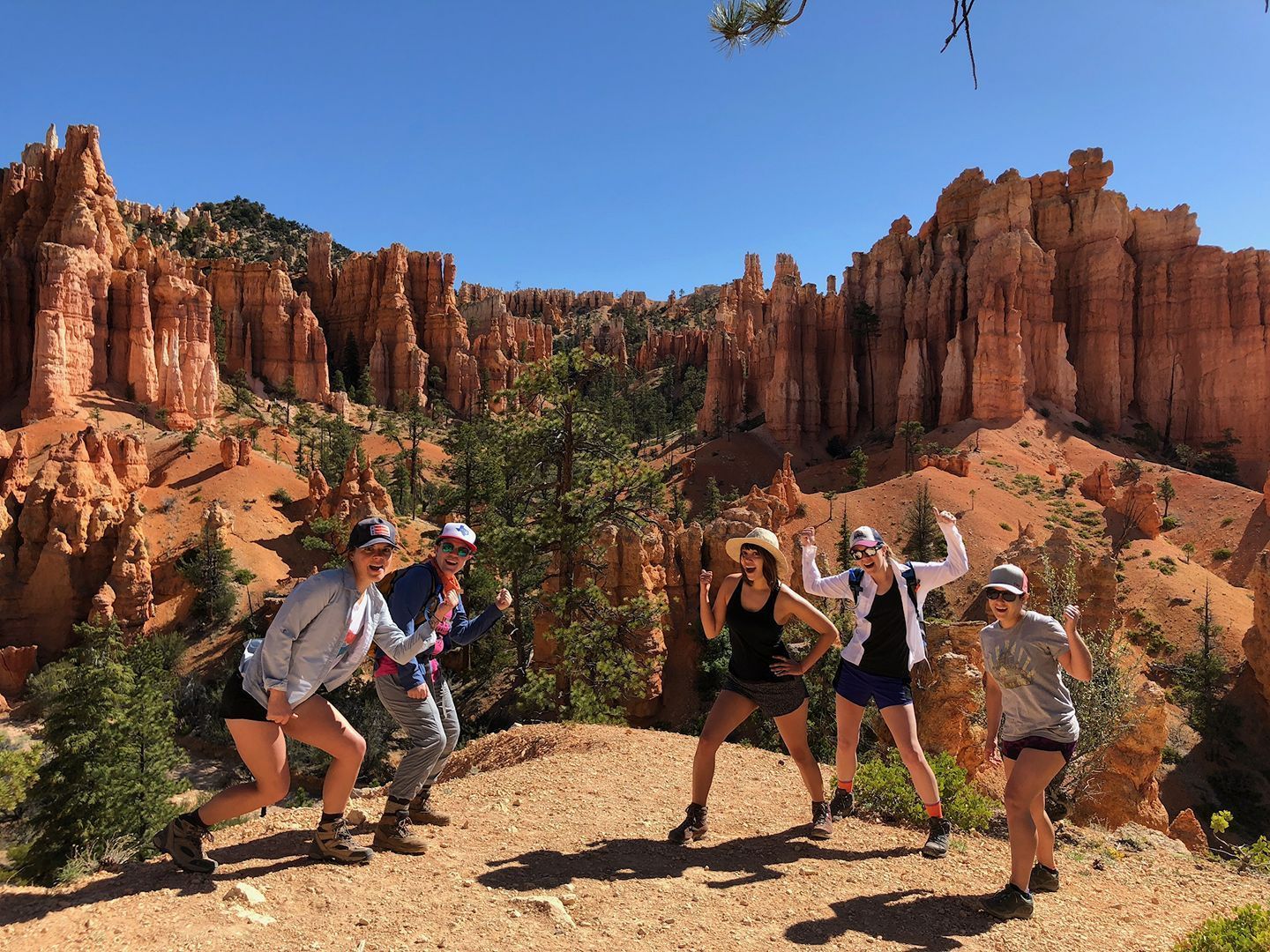Safety Tips for Hiking the Grand Canyon
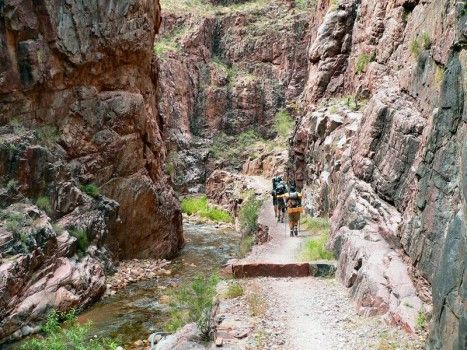
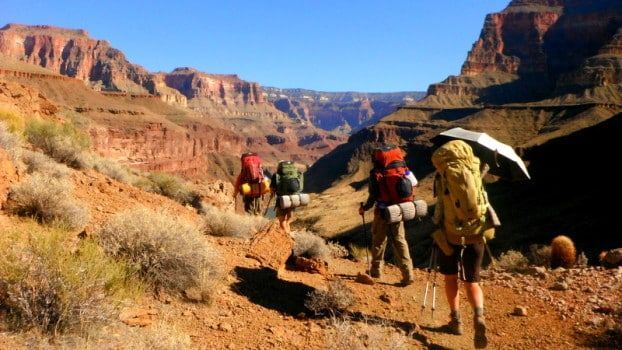
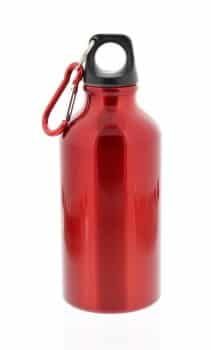
By Samantha Jones
Always plan ahead. Now repeat after me – always plan ahead!
Planning for the Best AND the Worst
No matter what your hiking experience may be, you must be cautious. There many trails in the Grand Canyon ranging in difficulty from beginner to expert. Even if you consider yourself an experienced, it can be worth considering an experienced guide when unfamiliar with a trail.
Buy some maps of the area and become familiar with them, noting distances between intended campsites and water sources and plan your itinerary carefully, being sure not to plan too many long-distance days. Make sure someone outside of your hiking party knows when you plan on being back. This way, if you run into problems, a rescue response can be executed as soon as possible.
Distance isn’t the only variable to consider when planning your hike each day. Grand Canyon hiking features lots of elevation change so those steep ascents and descents can make even a 5-mile day extremely demanding.
And don’t forget to consider the weather. Grand Canyon is known for hot summer temperatures (which can also hit in late spring and early fall). The heat will significantly diminish your stamina and require more frequent rest breaks, hydration, and food fuel. Hike early in the morning and late afternoon and avoid midday heat. Rest in the shade and keep cool. If you’re near a stream or other water source, get your shirt soaking wet to take advantage of evaporative cooling. You can read more about staying cool and comfy in the heat in this previous article.
While hiking, it’s also very important to take frequent breaks to rest and refuel. Ten minutes rest for every hour of hiking is a good rule of thumb. Be sure to rest in the shade when it’s warm and drink plenty of fluids and snack on salty foods to replenish those lost electrolytes.
All Geared Up
When preparing for your hike, plan to bring only what is necessary or essential for your hike’s duration and weather conditions. Don’t bring too many luxury items that will only weigh you down.
A few important items are proper clothing, trekking poles, water treatment, basic first-aid supplies, headlamp, utility knife, toilet supplies (hand trowel, TP, ziplock bags, hand sanitizer). You might also consider some sort of emergency communication device like a satellite phone or SPOT® device.
When packing gear and clothing, keep in mind your season of travel. Sunscreen and raingear are worth having yearround.
Winter hiking requires a bit more gear and food in order to stay warm. Traction devices for your boots are often necessary on icy trails. And consider a closed-cell foam sleeping pad in additon to your air mattress. It will provide addiotnal insulatiion while sleeeping, as well as providing a comfy, insulated seat when hanging around camp.
And don’t forget to acquire the proper permits well in advance when camping in the Grand Canyon.
Hiking Nutrition, in a Nutshell
Staying hydrated and fueled is definitely one of the highest priorities in keeping your hiking trip safe. Without fuel, you can’t keep going. Water is important to keep you hydrated, but if you’ll be out in the heat, you might consider an electrolyte drink as well. Sports drinks help replenish much needed electrolytes while hiking and can really help ‘quench’ that thirst.
Keep in mind that your body wants you to be healthy; if you feel thirsty or hungry while hiking, you may already be slightly dehydrated and under-fueled.
While packing foods for your trek, think energy. Nuts, trail mix, dried fruit, beef jerky, granola bars, crackers and nut butters are high in protein and carbs as well as light and easy to munch on. If you plan on hiking overnight, beans, rice, tuna and instant soups or noodles are easy to make and filling. You may also want to look into freeze-dried foods.
Safety and preparedness are essential when hiking in the Grand Canyon. They can literally be the difference between life and death. Remember that being overly prepared and cautious is always better than underprepared. For the ultimate in safety, the leadership of a professional guide provides extra assurance.
Four Season Guides, 506 N Grant St suite o, Flagstaff, AZ 86004, United States
+19285251552
35.19653980, -111.62000560

